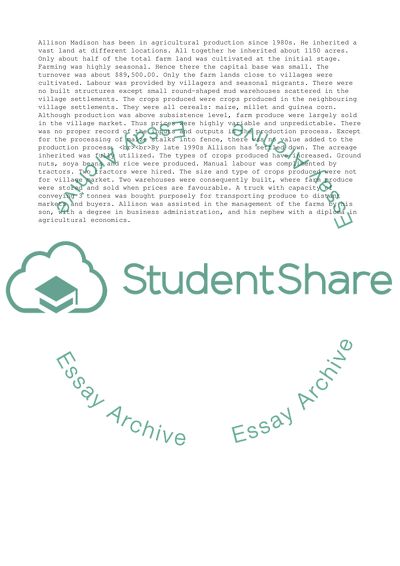Cite this document
(“Greed Field Ventures Limited Essay Example | Topics and Well Written Essays - 2250 words”, n.d.)
Retrieved from https://studentshare.org/business/1561773-greed-field-ventures-limited
Retrieved from https://studentshare.org/business/1561773-greed-field-ventures-limited
(Greed Field Ventures Limited Essay Example | Topics and Well Written Essays - 2250 Words)
https://studentshare.org/business/1561773-greed-field-ventures-limited.
https://studentshare.org/business/1561773-greed-field-ventures-limited.
“Greed Field Ventures Limited Essay Example | Topics and Well Written Essays - 2250 Words”, n.d. https://studentshare.org/business/1561773-greed-field-ventures-limited.


